November 8, 2018
We got an invite to the Ljubljana Fashion Week last Monday, which reminded us one more time of a field we should perhaps cover more often, not just because it represents one of the biggest industries in the world, but also an elusive sphere of aesthetics which constantly raises questions of power and influence.
Ljubljana Fashion Week (link) opened with Matea Benedetti luxury garments, but surprisingly the audience area remained half empty and slowly filled up till the middle of all 14 presentations, when we were finally kicked off the first row and thereby from our substandard camera's reach. So before we head to some general questions with regard to the latest changes in the industry as a whole, let's replace those few clumsy words of fashion lingua we know with some pictures worth thousands of words that turned out not too blurry to illustrate some of the looks on the catwalk:
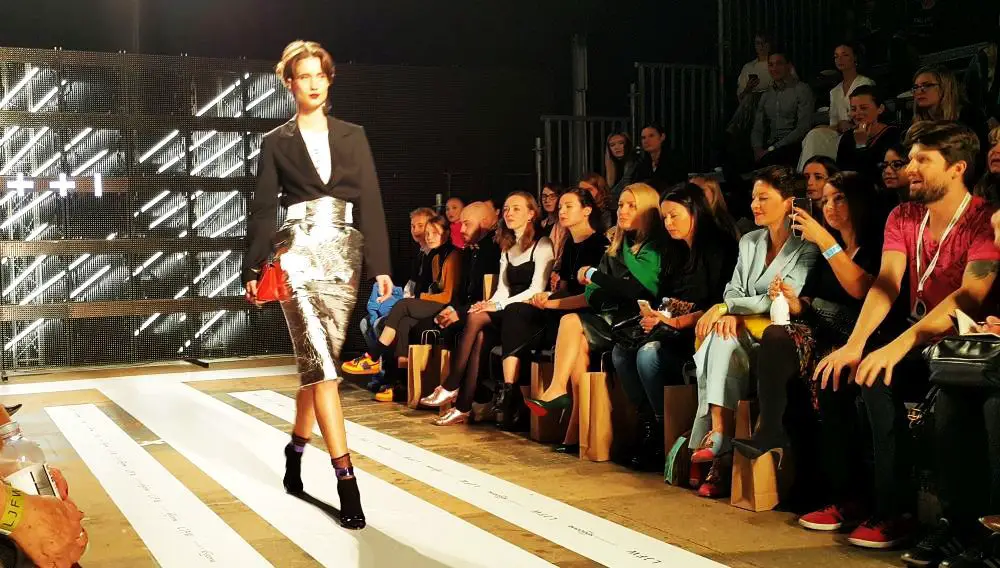
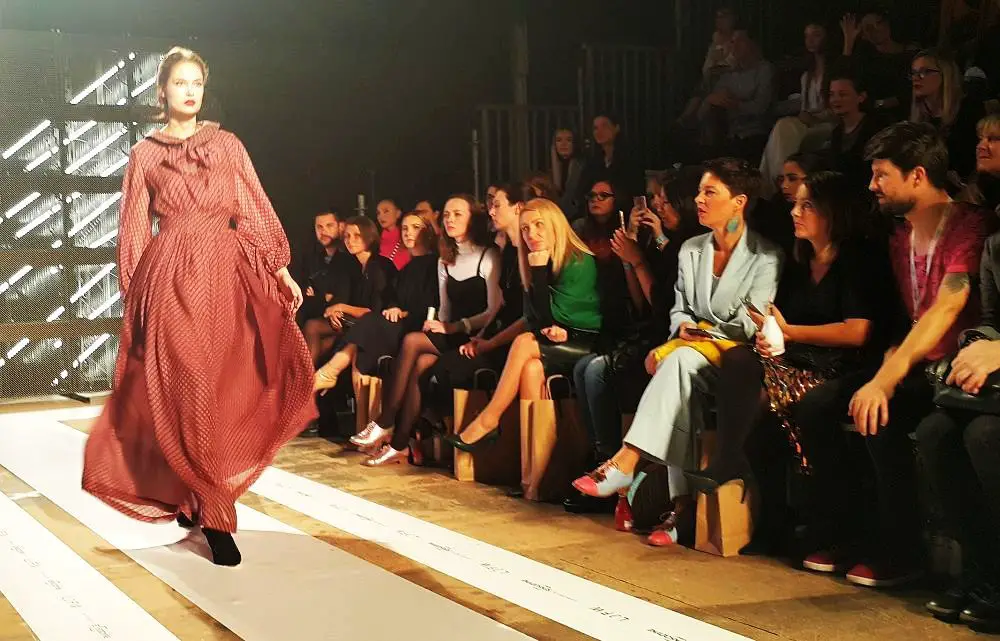
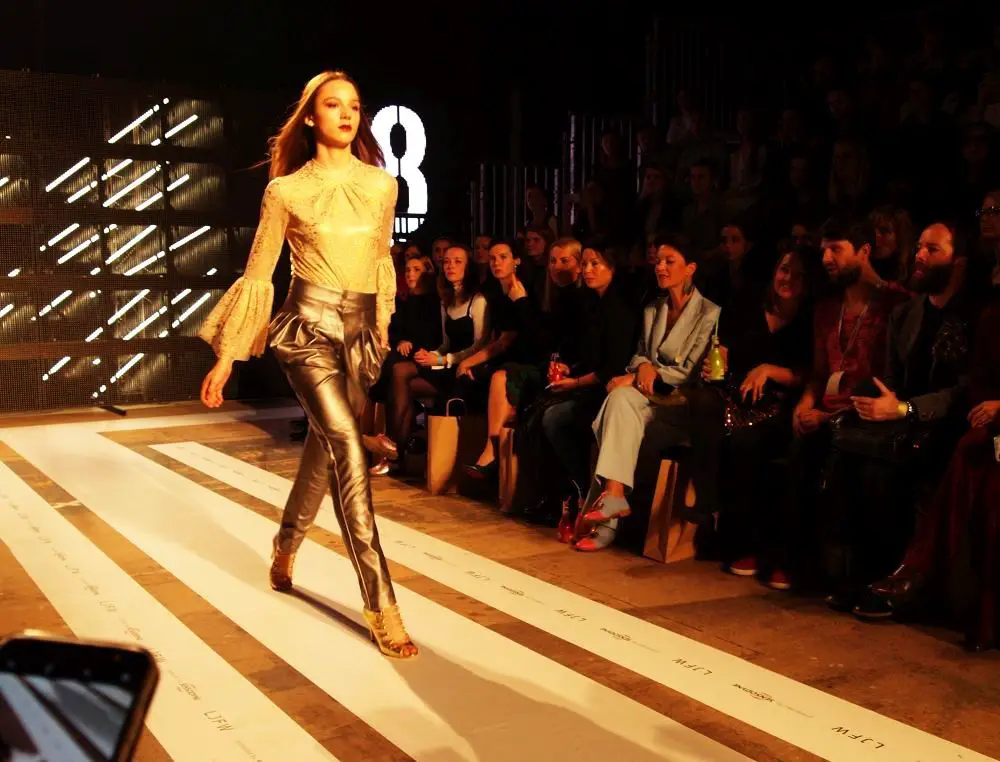
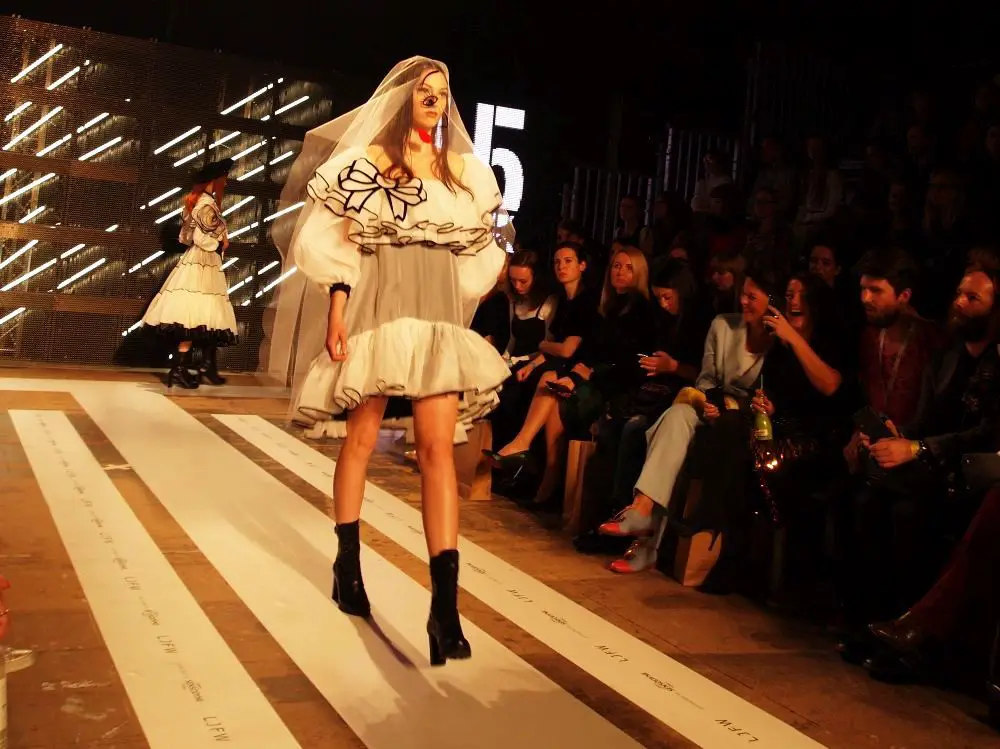
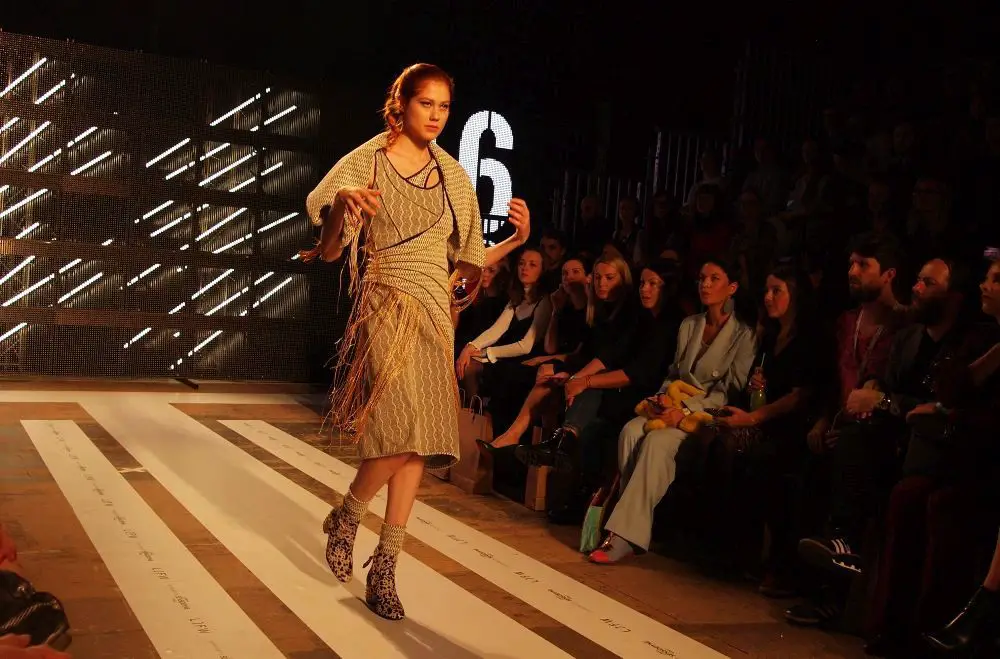
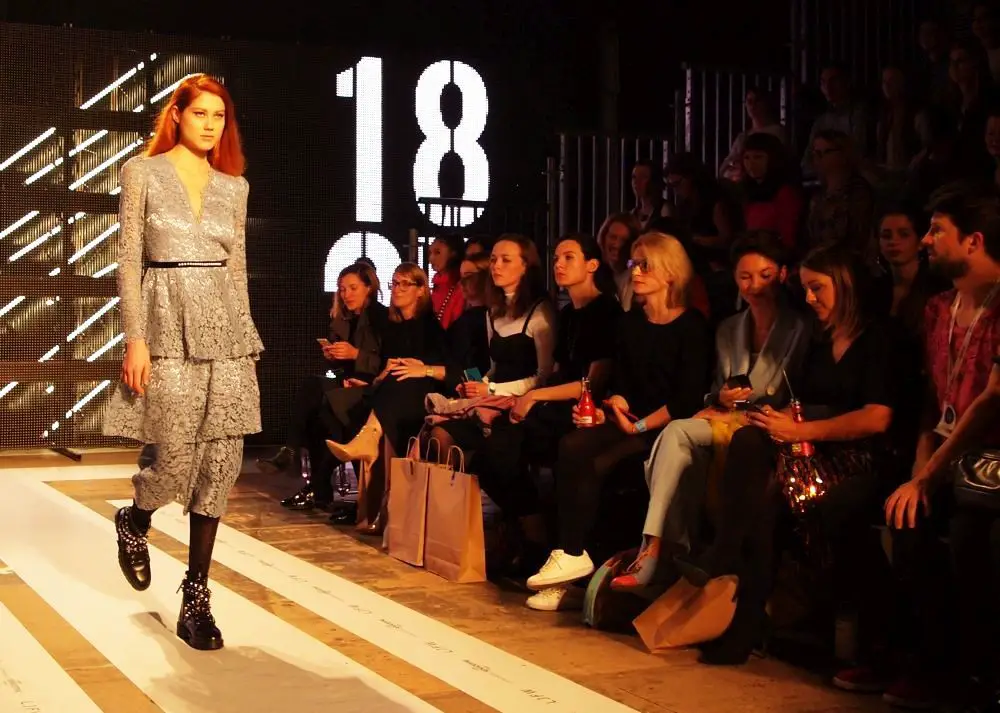
Many things have changed since the process of Europe’s transformation from a continent of various national costumes into one that follows the latest fashion trends was completed by the end of the 18th century, with the spread of printed engravings of the latest Paris fashions.
In 1858 the first haute couture house opened its doors in Paris, to serve the needs of the conspicuous lifestyle of the new leisure class that has emerged from the rapid industrialization. This new class behaviour was analysed by Thorstein Veblen, who in his 1899 Theory of the Leisure Class observed how the conspicuous consumption and wasteful expenditure of the upper class served as a tool by which its members distinguish themselves from the uniform-wearing working people beneath them. Interestingly, Veblen notes that many of the traits associated with the fashions of the upper classes can be traced to the lowest non-working class of delinquents, which rose up from the very bottom of society, with their moral transgressions often forgiven as long as their consumerist behaviours displayed some “taste”.
One of the biggest changes which transformed the fashion industry from providing luxury to the rich to selling perfumes and handbags to the masses occurred due to the Japanese financial bubble, which spurred demand for the European luxury items. The solution was found in economies of scale, which results in the loss of prestige of the garments and therefore their potential to serve the function of conspicuous consumerism. Instead, the fashion industry became more of marketing business, and fashion shows, building on the outrage of their delinquency, turned into advertising campaigns for items such as perfumes and handbags, offered to the middle class. In terms of actual clothes, the big luxury brands now struggle in keeping their market share from the cheap copy-cat brands of fast fashion, such as H&M or Zara.
Another change occurred with the onset of the smartphone and social media tools, as control over brand marketing has been consistently moving away from fashion shows and fashion editors towards a group of amateurs called influencers and people famous for simply being famous. This was quite evident also by the most important members of the audience at the LJFW: young girls with phones, who got their seats in the first row presumably due to the number of followers on their Instagram accounts.
But what we really want to know and have failed to find an answer to, is how the designers and their cloths are actually doing in the market? Do they sell? What is an average survival rate of a brand, what are the average losses? We have seen quite a few interesting garments in the shows we watched, it would be a pity to learn that the first people going out of business in this celebration of vanity are those who are truly creative.
Hopefully we’ll learn a bit more at the next event that is taking place at the end of this month, that is Ljubljana Mercedes Benz Fashion Week, which will be on November 24 and 25.






